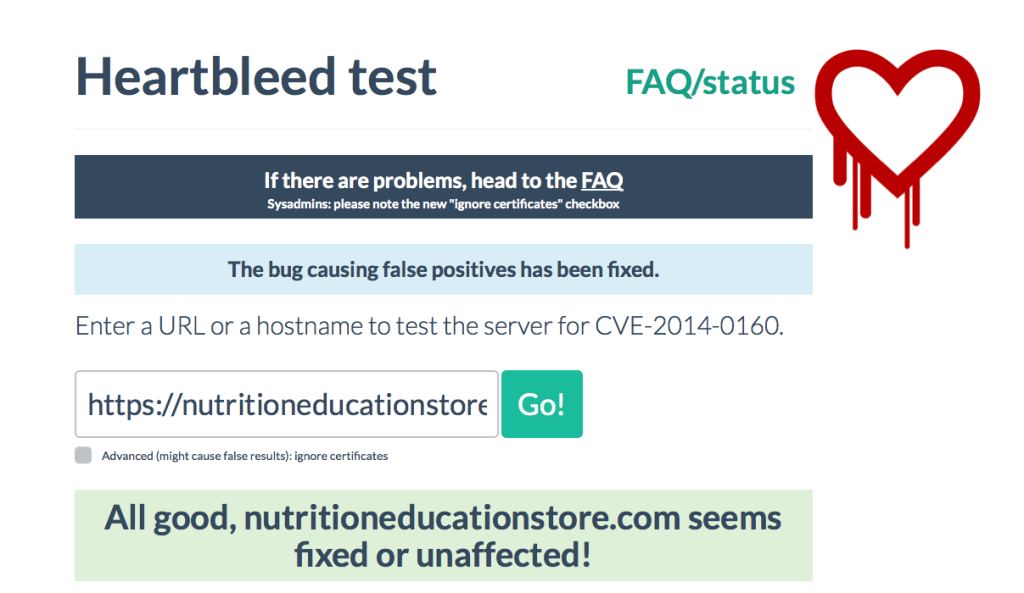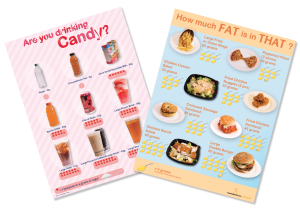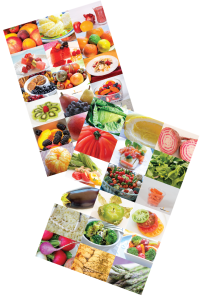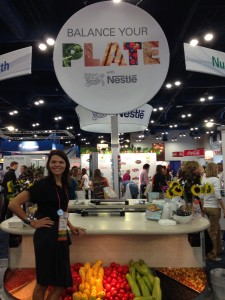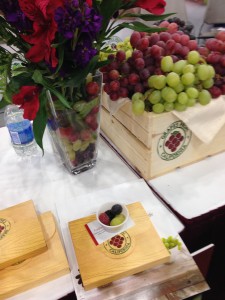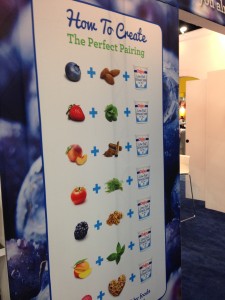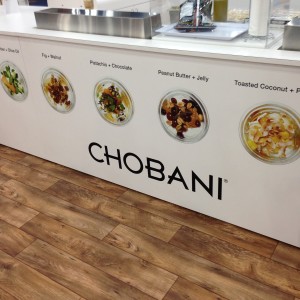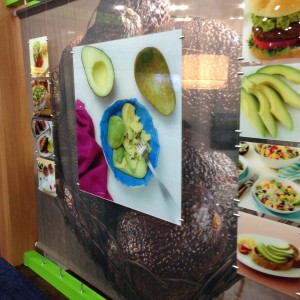Weight Loss Pre/Post Test
- A healthy weight can help reduce the risk of developing or help control:
a. heart disease
b. type 2 diabetes
c. breathing problems
d. some types of cancer
e. all of the above
f. I don’t know
2. BMI is a measure of weight in relationship to height, and stands for:
a. Biological Metric Integration
b. Basal Metabolic Index
c. Body Mass Index
d. I don’t know
3. You should be evaluated by your physician before starting a weight loss program if:
a. you have any health problems
b. you take any medication
c. you want to lose more than 15-20 pounds
e. you plan to follow a liquid diet that replaces all food for at least 1 month
f. all the above
g. I don’t know
4. A healthy weight loss plan:
a. recommends eating <1000 calories per day
b. contains a list of foods that you should never eat
c. promises quick results
d. incorporates gradual changes in food choices that last for a lifetime
e. I don’t know
5. The most effective weight loss plans:
a. recommend both increased physical activity and changes in food choices
b. focus only on changing food habits
c. require 2-3 hours of exercise each day
d. use supplements to promote weight loss
e. I don’t know
6. The most effective meal schedule for weight loss is:
a. skipping breakfast
b. avoiding all snacks
c. eating regularly scheduled meals and snacks throughout the day
d. consuming only meat and vegetables for dinner
e. I don’t know
7. The best way to lose weight and keep it off is to:
a. consume 500-1000 fewer calories each day
b. eat less carbohydrate and more protein
c. eliminate sugar
d. follow a gluten-free diet
e. I don’t know
8. To monitor weight loss progress, weigh yourself:
a. every time you eat
b. monthly
c. every morning
d. weekly
e. never
f. I don’t know
9. Which habit helps promote fullness after eating as well as weight loss?
a. eating slowly, taking at least 15-20 minutes to complete a meal
b. eating fruit only for breakfast
c. avoiding whole grains
d. using a juicer for all vegetables
e. I don’t know
10. In order to lose weight, you should:
a. never eat high-fat, high-sugar treats like candy or ice cream
b. eat only sugar-free versions of sweets
c. eat only fat-free versions of sweets
d. eat smaller amounts of sweets less often
e. I don’t know
11. A recommended and safe rate of weight loss is:
a. 5 pounds per week
b. 1-2 pounds per week
c. 3-5 pounds per week
d. I don’t know
By Lynn Grieger, RDN, CDE.
Resources:
National Weight Control Registry. http://www.nwcr.ws/Research/default.htm
Aim for a Healthy Weight. National Heart, Lung, and Blood Institute. http://www.nhlbi.nih.gov/health/public/heart/obesity/lose_wt/index.htm
Download Word File With Answers Now: Weight Loss Pre and post test
For more weight loss education materials and programs, click here.



